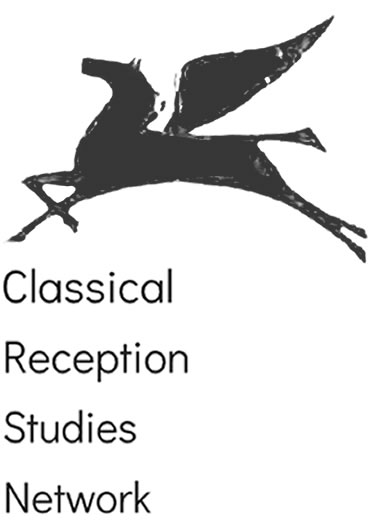

- This event has passed.
Myth and Audiovisual Creation: Classical Myths
October 17, 2018 - October 19, 2018
Myth: image and sound
The digitalization of the last decades has caused a revolution in traditional artistic mediums (painting, sculpture, theater) and introduced new ones (video games, multimedia installations, performances).
In the four previous conferences, organized by Asteria, International Association of Mythcriticism, in collaboration with Amaltea, Journal of Mythcriticism, we have seen the difficulties in attempting to adapt myths to our contemporary society.
The V International Conference on Mythcriticism “Myth and Audiovisual Creation” will analyze the impact of myth in audiovisual creation from 1900 to the present day. The Conference will be organized in four universities during two weeks. Each university will host an event on one of the following: Germanic Myths, Classical Myths, Biblical Myths, and Modern Myths.
Further information on the Classical Myths event:
The ÉTICAS GRIEGAS research group is pleased to announce the celebration of the international conference, dedicated to the study of Greek and Roman myths in audiovisual creation. On this occasion, “Classical Myths” is one of the four branches of the V International Congress of Mythcriticism “Myth and Myth and Audiovisual Creation”, which will be held at the UAH, UAM, UFV, and UCM from October 15 to 26, 2018.
Throughout the conference, the growing presence of the myths of Greece and Rome will be analyzed in the creative languages that fuse image and sound, especially in films, TV series and video games. We will also discuss the reception of classical myths in opera or theater, as well as their impact on contemporary arts that integrate the auditive and the visual to produce a new reality or language, as in comics, happenings, installations or performances.
What do we understand by classical mythology? Fundamentally and, usually, a set of Greek and Roman stories referring to gods and heroes, that is, to the two types of characters that were the object of worship in ancient cities.
The study of Greek and Roman mythologies is an indispensable piece to understand many of the keys of contemporary audiovisual creation. Starting from the Greek epic poems – the Iliad and Homer’s Odyssey – or the Latin epic – the Aeneid of Virgil -, we intend to approach the study of classical myths as a coherent whole in which each divinity, each mythological figure, exercises a concrete domain over the different spheres and institutions that structure social life. Likewise, we will study the audiovisual representation of the great mystery cults that arrive in Rome, imported from Egypt and the East, as well as the analysis of the conflictive relationships that primitive Christianity and the Fathers of the Church entered into with the myths of paganism.
During the conference, the mythical roots of the audiovisual themes will be explored, selecting from the corpus of the Greek and Roman myths those episodes that seem to lend themselves to a new reading, taking into account the most recent contributions of mythcriticism. For example, in The Warriors (Walter Hill, 1979), the withdrawal of Swan to his base in Coney Island “has something of a journey of Ulysses in his return to Ithaca”, which Roman Gubern identifies with “the theme of eternal return, of the return to the home”.
In the current audiovisual creation, we see the presence of the great themes of classical mythological structures: cosmogonies, theogonies, anthropogony, stories related to sacrifice, animals, gods and heroes of war and hunting, artisan gods, death, the erotic, philosophy and the city. It is, in short, to explore in what way the characteristic features and unique characters of Greco-Roman mythology, in the case of heroes, such as Odysseus, Achilles, Heracles / Hercules, the Amazons, the Argonauts, or the gods, as Zeus / Jupiter, Athena / Minerva, Apollo, Orpheus, Dionysus / Bacchus, Aphrodite / Venus, Hermes / Mercury or Bread, are translated into the language of audiovisual creation.
